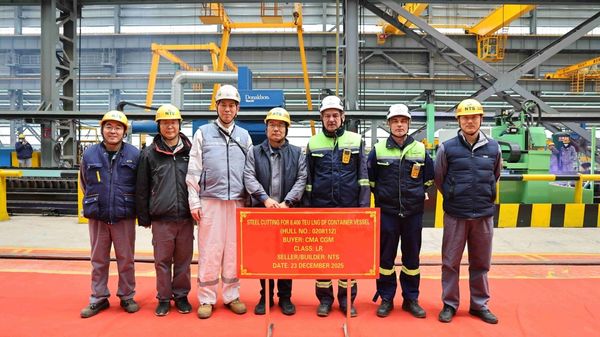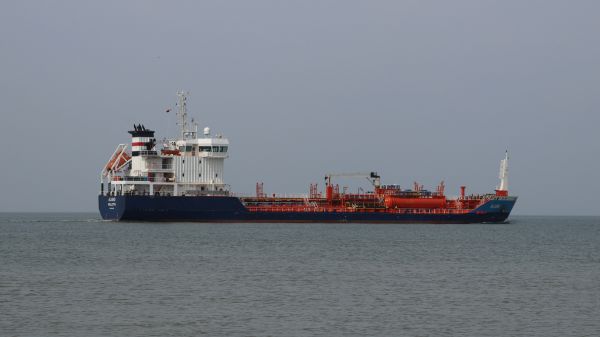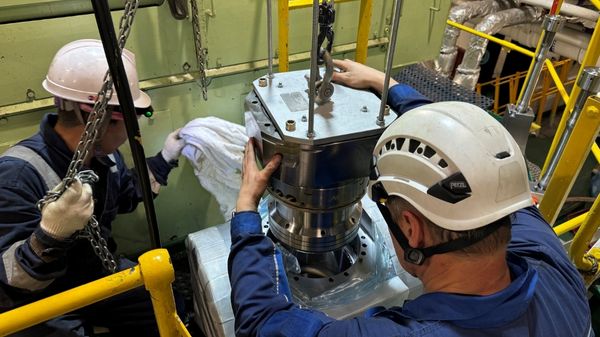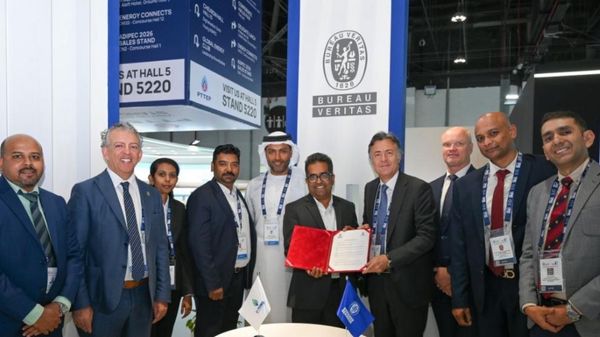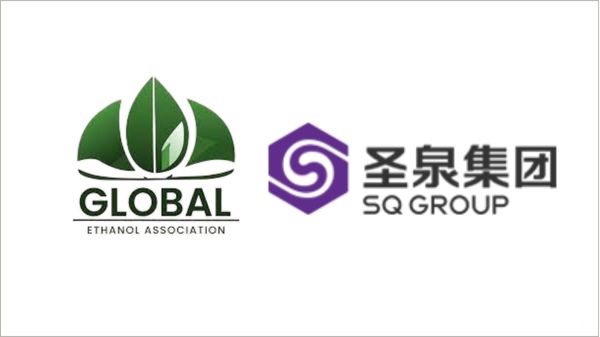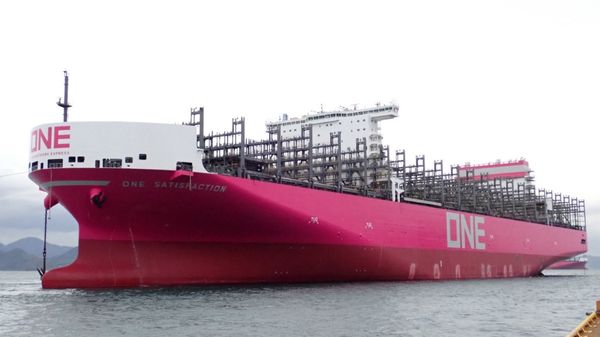Source: Skuld
Advisory to Members
Applicability: Shipowners and Charterers
The new ultra low sulphur fuel regulations under MARPOL Annex VI will require more than ship side preparations, they will also require existing and future charterparties to be reviewed and claused appropriately in order to reduce the risk of disputes between owners and charterers from a number of angles.
The Association is grateful to Chalos & Co., New York, for their input on US legal angles to this update.
Charterparty issues
There are a number of issues that could give rise to disputes between owners and charterers that have their root in the new MARPOL Annex VI regulations which mandate the use of ship fuel not exceeding 0.10% sulphur content by mass in designated Emission Control Areas (ECAs) in North America and Northern Europe from 1 January 2015.
Issues include:
1. Trading warranties
2. Readiness of the vessel to enter an ECA
3. Fuel specifications
4. Delays and fines if a violation is alleged
5. Deviations to avoid ECAs or limit time therein
Members would be well advised to consider these issues closely before concluding new fixtures and indeed for any existing charters, too.
The following is a brief overview of the kinds of issues that may arise.
Trading warranties
Charters will typically specify the geographical range in which a vessel can trade, and indeed usually provide a list of expressly excluded ports, countries and areas. Indeed this is very important or the shipowner may find the charterer at liberty to trade without limit (Temple Steamship vs. Sovfracht (1944) 77 Ll.L.Rep. 257).
If a charter excludes North America and Northern Europe, then the impact of the new MARPOL Annex VI regulations should not be an issue unless it is decided between the parties to alter the trading range to include areas that are ECAs. Should such decision be made then in particular the shipowner will have to carefully review the position to ensure the vessel can physically fulfil any contractual promise to lawfully trade to such areas.
If a vessel is chartered out on the basis that ECAs are within the agreed trading range then an owner will have to comply with charterers' lawful orders to go there, even if that is not the trading pattern she previously was employed for (absent special factors or contractual variations). English and US legal positions will be similar on this.
Readiness of the vessel
The shipowner typically undertakes, to a certain degree, that the vessel is physically and otherwise ready to perform the lawful orders of the charterers, trade within agreed ranges and carry agreed cargoes.
The nature and extent of this obligation, including whether or not it is in the nature of a continuing warranty, will very much depend on individual charterparty terms, but it is typically taken to be an obligation that goes beyond just seaworthiness (The Derby [1985] 2 Lloyd's Rep. 325). For the US position see Harloff v. Barber & Co., 150 F. 185, 192 (D.N.Y. 1907). (The duty is upon the owner of a ship to render her fit in design, structure, condition and equipment to encounter the ordinary perils of the voyage, to follow and perform contractual lawful orders, and to be fit for the receipt and carriage of cargo.)
One question, however, which has come up repeatedly in the run up to 1 January 2015 is how extensive the obligation may be on a shipowner to take steps to modify a vessel to make her ready for trading in the ECAs while using ultra low sulphur fuel (ULSF).
Given that the ULSF will in all likelihood have to be kept carefully segregated from any residual high sulphur fuels, or risk cross contamination and possible MARPOL violation, vessels will have to check whether tank and line arrangements as well as capacity will allow this to be done safely.
Modern ships may have the luxury of numerous fuel tanks with separate lines, but older vessels may have less capacity that can be dedicated to the use of ULSF and indeed tanks that previously carried residual fuels are likely to require extensive cleaning prior to switch to the ULSF.
Modifications and cleaning are likely to mean cost and time and it is not a straight forward question as to who would be responsible for the same.
While these issues may yet be tested in arbitration or litigation, it is likely that both under English and US law a vessel will be contractually compliant if she can as a matter of fact safely carry the ULSF separate from the residual fuel even though she may have limited tank capacity and may need to bunker repeatedly while in an ECA. It would, however, fall to the shipowner to ensure that some tank capacity is available and ready to be used.
Fuel specifications
Bunker clauses have always been important for charterparties, given that MARPOL compliance is just one issue of many that concern bunker fuel. Despite the very significant price falls this autumn for bunkers (following the drop in the price of crude oil), fuel still is a very large factor in a vessel's daily running costs and ULSF costs can be double that of residual fuels.
Bunker clauses need therefore to be carefully drafted and inter alia address the following:
- the ISO specification and other specific features / properties that the fuel should possess
- price setting formulas for delivery and redelivery bunkers
- bunker consumption criteria (typically found in vessel performance clauses)
- bunkering / fuel supply arrangement clauses
- bunker sampling and testing provisions
- specific MARPOL compliant fuel provisions (often cited in a separate specific MARPOL clause)
While it may be an implied legal term, at least under English law, that fuel supplied must in any event be fit and safe for the specific vessel's engine (assuming engine description criteria form part of the charterparty) it may be prudent to have such warranty expressly included as part of a comprehensive bunker fuel clause. See also Wilford on Time Charters' discussion of the unreported case of Nippon Yusen Kaisha vs. Alltrans (20 February 1984). It is expected that US law may take a similar approach on this point.
Delays and fines for breaches
If a vessel is inspected by PSC or other authorised government agency (such as the Environmental Protection Agency in the USA (EPA)) and fuel on board is found to violate the MARPOL standards then it is not unlikely that a dispute may arise between the shipowner and the charterers as to whether or not contractual / compliant fuel was supplied and what may have caused the fuel to be off specification.
The issues that could be involved are numerous and include:
- possible supply problems
- contamination on board (tanks, lines, mixing other fuel, etc.)
- sampling procedures
- testing procedures
In any event it is likely that a very technical and scientific investigation would have to follow in order to determine what the root cause may be. Given the very low margin for error in ensuring fuel is at no more than 0.10% and the relative ease with which the ULSF could be contaminated at some stage, this is an area of concern going forward.
Shipowners will need to be ready to expect that the enforcing government agency will focus first and foremost on the vessel for enforcement action and penalties even if the ultimate issue is the fuel as supplied given that contractual disputes between an owner and a charterer will unlikely be a way of raising a defence in such a situation. It may be, however, that if the issue is indeed due to the charterers' supplied bunkers then at least the vessel will not be off-hire (Nourse vs. Elder Dempster (1922) Ll.L.Rep. 197). For the US position, see The M/V Kartini, S.M.A. 1958 (Arb. N.Y. Apr. 23, 1984) ("the charterer is not permitted to place the vessel off-hire where the event causing the loss of time is due to charterer's breach of the charter party."); The M.S. Olympic Melody, S.M.A. 2474 (Arb. N.Y. Apr. 26, 1988) (the SMA panel ruled that hire during the period of deviation was payable to the owners of the vessel by the charterer since "no fault [was] attributed to the ship. . . .").
Deviations
No doubt charterers on a cargo voyage or owners on a positioning voyage will seek to reduce the cost of the same by reducing the need to burn the more expensive ULSF, and this may be possible through careful voyage planning but practical and commercial views should not race ahead of the legal position under either the charterparty contract or the contract of carriage (in case of a laden voyage).
Whether it be a deviation to minimise time in an ECA or avoid it altogether, a vessel needs to have the proper liberties in the charterparty as well as the bills of lading before she can take anything other than the most direct route using utmost despatch to get there (The Pearl C [2012] 2 Lloyd's Rep. 533 and The Hill Harmony [2001] Lloyd's Rep. 147 (H.L.)). For the US position reference may be had to General Electric Co. International Sales Div. v. S.S. Nancy Lykes, 706 F.2d 80, 84 (2d Cir. 1983) ("a deviation results when a vessel 'wander[s] or stray[s] . . . from the customary course of the voyage'")(quoting Spartus Corp. v. S.S. Yafo, 590 F.2d 1310, 1313 (5th Cir. 1979)).
Absent an appropriate liberty clause, the deviation may be a breach of contract and further it may impact on insurance coverage, too.
A careful review of existing arrangements would be needed before changing course, and for future contracts it will be prudent to include appropriate liberties.
Loss prevention advice
Careful contracting is very important to loss prevention as an unsuitable contract or an overlooked clause could have an unexpected and very undesired effect that will hit the bottom line as sure as a mechanical breakdown could.
Taking the time to review existing arrangements in the light of the upcoming regulations and ensuring new contracts are drafted appropriately will limit the scope and risks for disputes in the future.
The time and effort spent on this will yield dividends, even if it is not possible to "measure" the value of the dispute avoided.
In case members have a vessel or claim specific enquiry they are asked to contact their regular Skuld Business unit.

